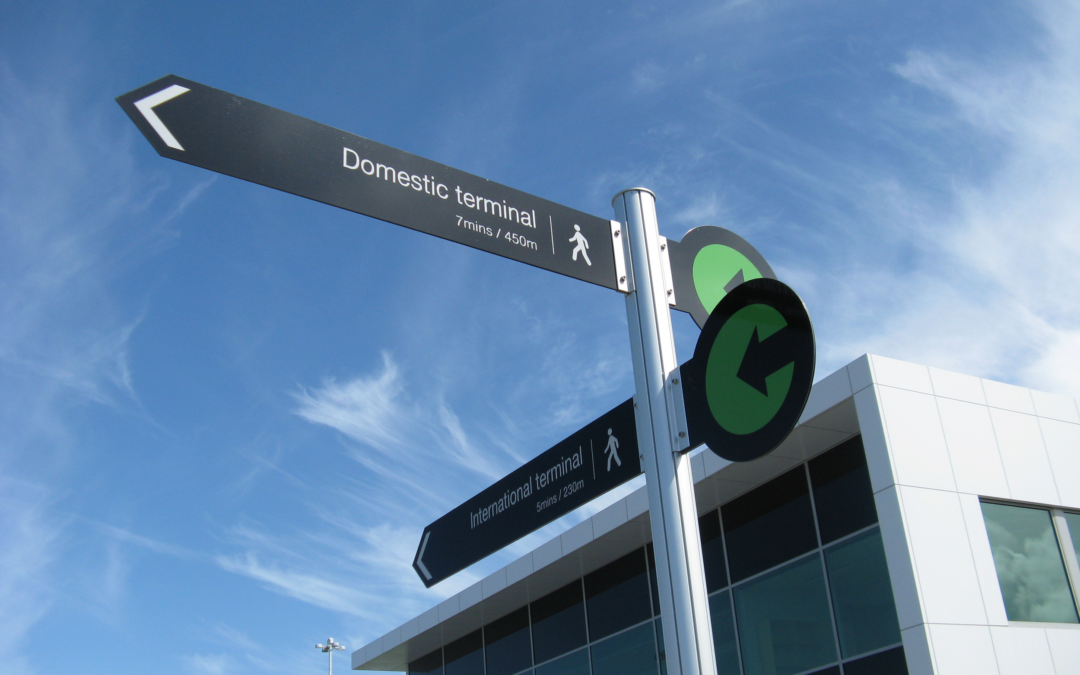This blog post drives into the world of UK road signs, exploring their history, design principles and the regulations involved.
A Historical Journey: From Fingerposts to Modern Marvels
Let’s start at the beginning. The history of UK road signs stretches back centuries. In 1648, a law mandated guideposts at crossroads and fingerposts became more widespread with the General Turnpike Act of 1773. The 19th century saw the introduction of warning signs for cyclists, followed by signage for cars in the late 1800s. The 1920s and 30s witnessed significant advancements with standardized numbering systems and signs for schools, crossings and bends.
The need for a more comprehensive system arose with the introduction of motorways. The Anderson Committee (1958) proposed larger signs with blue backgrounds, paving the way for the Worboys Committee (1961) to recommend adopting the European system’s core principles. This marked the shift towards the familiar red triangles and red circles we see today, implemented in 1965 and still the foundation of our current system.
Read more: Growth Markets for Totem or Monolith Signage
Roles and Responsibilities in Road Signage
Road signs are not created in a vacuum. Here’s a breakdown of the key players:
- Department for Transport (DfT): Oversees traffic sign regulations and issues updates through the Traffic Signs Regulations and General Directions (TSRGD). Their Traffic Signs Manual provides practical guidance on implementing TSRGD.
- National Administrations: Manage signage on motorways and some major A roads (eg Highways England).
- Local Authorities: Handle signage on most other roads, including some motorways and A roads.
- Private Landowners: Responsible for compliant signage on private land like car parks (as per Road Traffic Regulation Act 1984).
Read more: A Guide to UK Road Signs: Design, Manufacture and Regulations
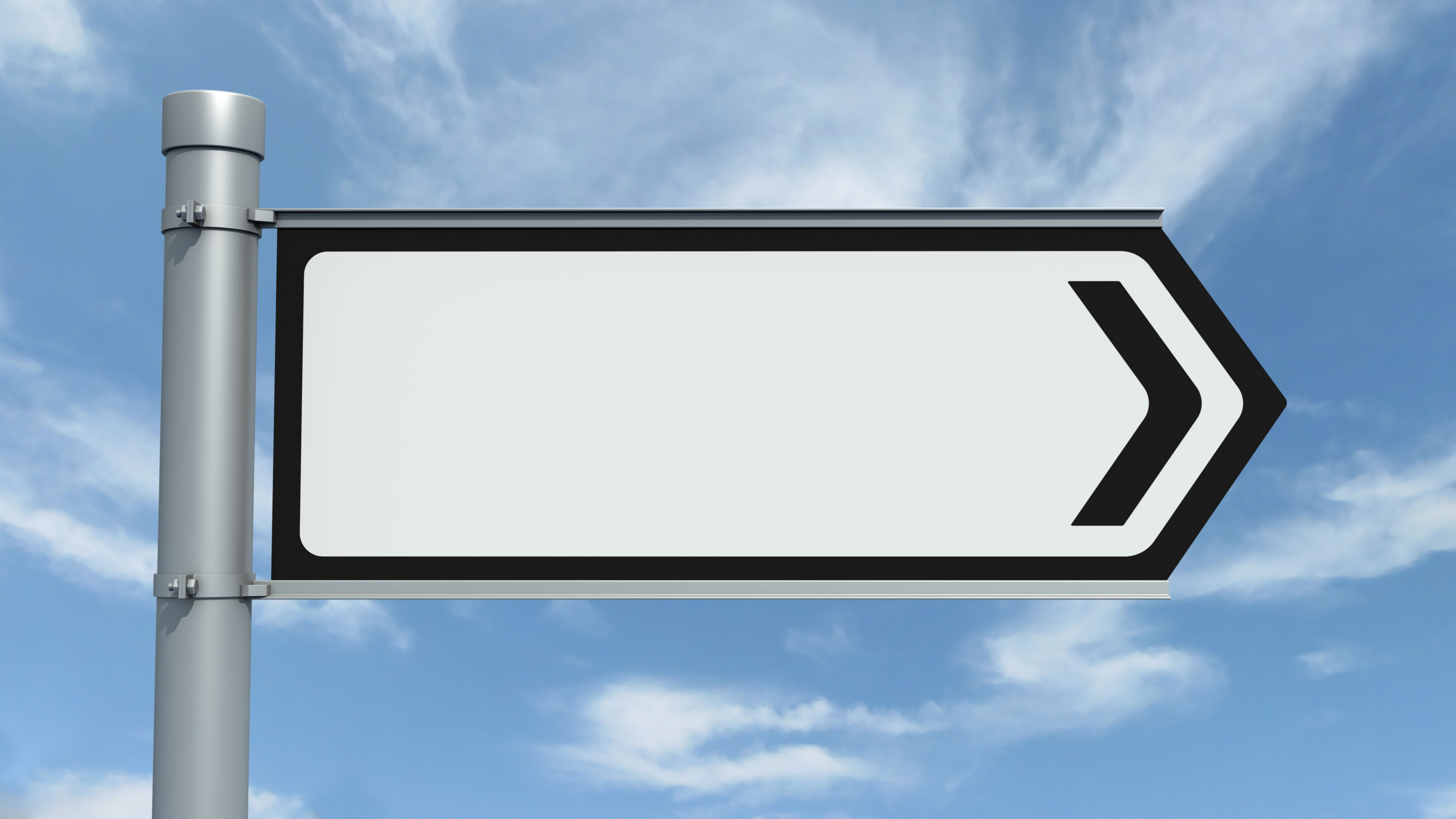
The ABCs of Sign Design: Functionality Meets Legibility
Effective road signs prioritize safety and clarity. Here are the golden rules:
- Standardization: Consistent shapes, colours and symbols ensure universal comprehension.
- Legibility: Font size, colour contrast and background all contribute to a sign’s readability at a safe distance.
- Conspicuity: Signs must stand out from their surroundings, especially smaller ones.
- Information Management: Content should be clear, concise and limited to essential information.
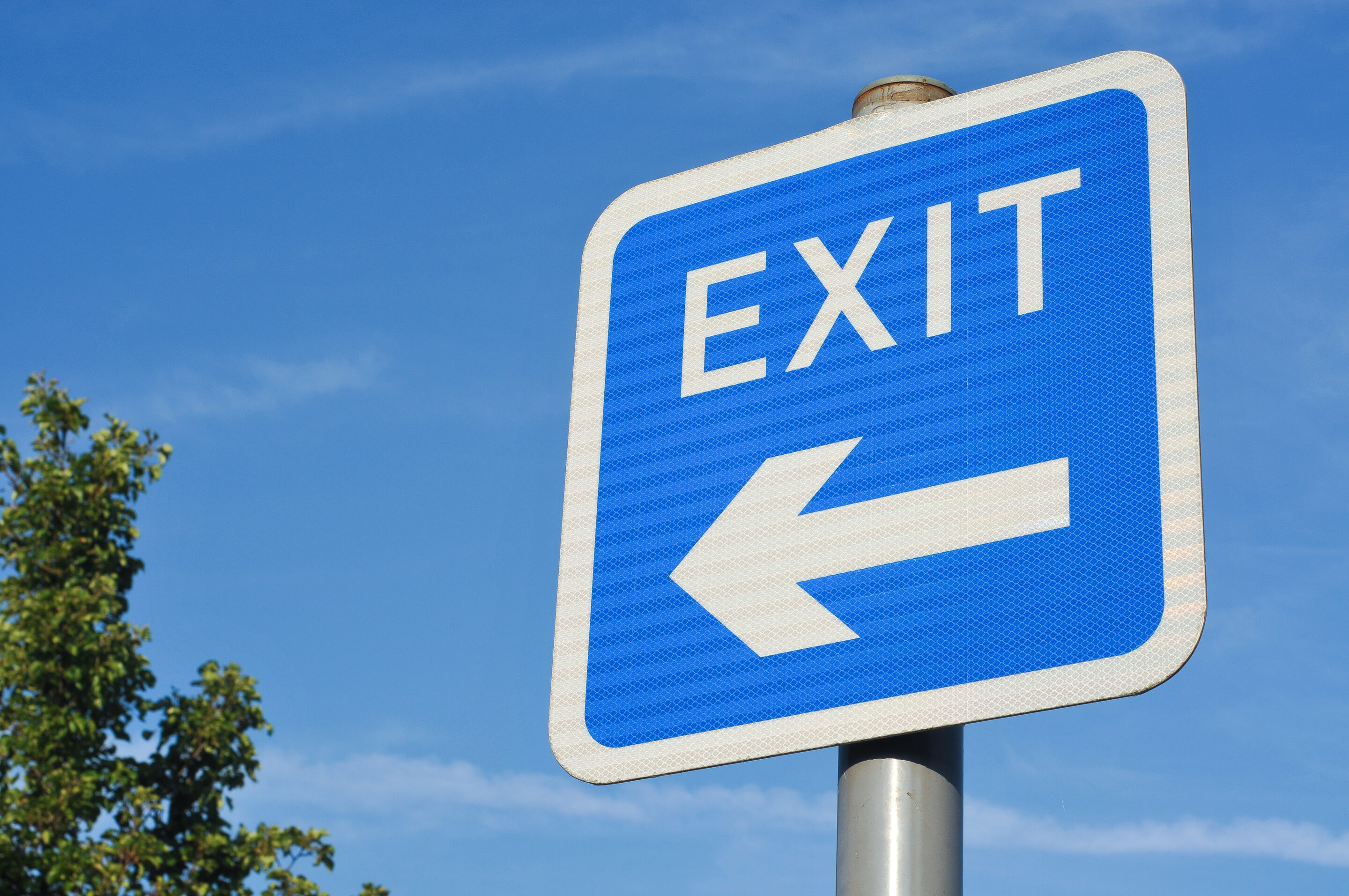
The Sign Materials that Withstand the Test of Time
Road signs are built to endure harsh weather conditions and constant exposure to the elements. The primary materials used are:
- Sign Frames: Sturdy materials like aluminium or aluminium composite provide a strong base.
- Sign Faces: Made from retroreflective materials to ensure excellent visibility in both daylight and darkness by reflecting light back to the source (headlights).
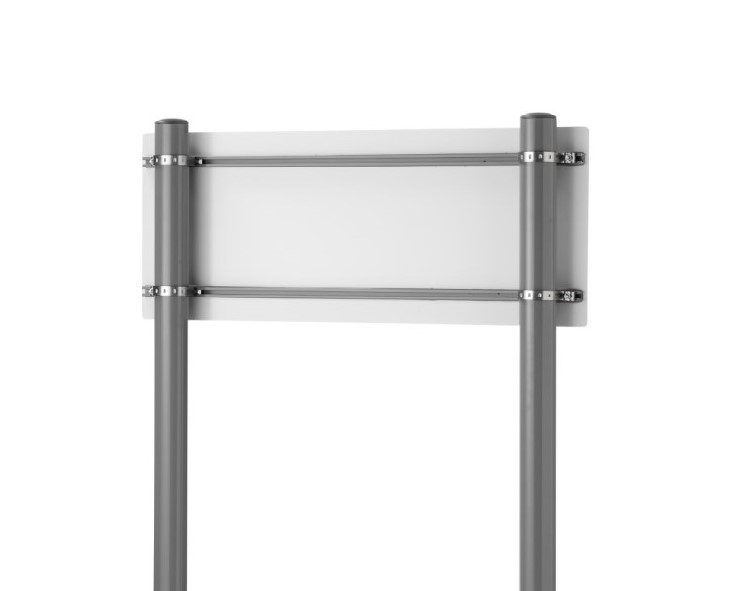
The Three Pillars of UK Road Signage
There are three main categories of road signs in the UK:
- Warning Signs (Triangles with Red Borders): Alert drivers to potential hazards like sharp bends or narrow roads.
- Regulatory Signs (Circles with Red Borders): Convey mandatory instructions like speed limits, stop signs and no entry zones.
- Information, Directional & Tourist Signs (Rectangular): Provide guidance on routes, locations, and amenities (eg motorway service stations).
For a deeper dive into these categories, refer to The Highway Code’s “Know Your Traffic Signs” guide.
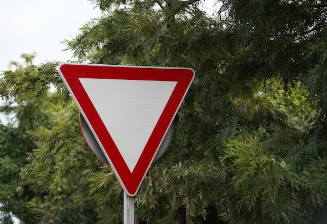
Temporary vs Permanent: Signs on the Move
Road signs can be temporary or permanent:
- Temporary Signs: Used for situations like roadworks and are typically mobile units.
- Permanent Signs: Installed in fixed locations for long-term use (eg motorway signs).
Both types adhere to the same design principles and regulations, with slight variations regarding their implementation.
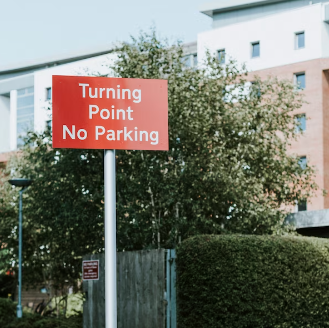
The Power of Legislation: Ensuring Consistent Safety Standards
The TSRGD (2016) is the primary legal framework governing road traffic signs in the UK. The Traffic Signs Manual translates this legislation into actionable guidance for proper sign application.
Read more: Why Foamboard Reigns Supreme in Exhibition Stand Design?
Cherwell Post & Plate 40: Your Partner in Effective Signage
If you’ve got a road sign project, Cherwell Ltd, a leading supplier of road signs, are here to help. The Cherwell POST & PLATE 40 Sign System is a proven and versatile solution.
It combines aluminium composite panels and sign channel, allowing for:
- Customization: Panels can be routed into circles, triangles or custom shapes, with a variety of Alupanel colours available.
- Durability: Manufactured using high-quality materials to withstand harsh weather conditions. Features road-certified Bollhoff flush rivet fixed channels using mill or white rivets.
- Compliance: Adheres to BS EN 12899 standard for traffic signs. Optional Grey Dibond Traffic ACM, certified to BS Standards for road traffic sign usage.
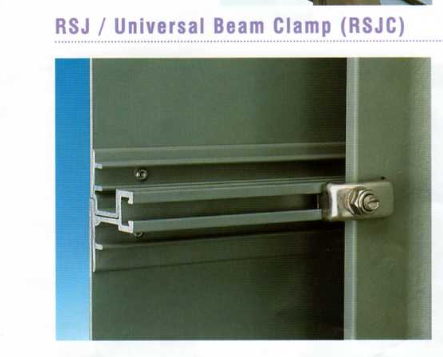
For further details about Cherwell’s sign making supplies, please contact us.


